N.KOREA'S RESPONSE TO COVID-19 OUTBREAK
입력 2022.06.15 (15:23)
수정 2022.06.15 (16:45)
읽어주기 기능은 크롬기반의
브라우저에서만 사용하실 수 있습니다.
[Anchor Lead]
Up until a month when North Korea revealed its first COVID-19 outbreak, the regime has claimed it was Covid-free for more than 2 years. KBS has obtained internal documents showing how North Korean state agencies were apparently responding to the virus in the early days of the global pandemic. At leader Kim Jong-un’s order, extra emergency countermeasures were drafted. The isolation of fever patients was a key quarantine measure, possibly indicating the virus spread in the North from the initial days of the pandemic.
[Pkg]
On January 22, 2020, North Korea shut down its border with China where COVID-19 was spreading fast. The North also suspended rail operation and flights with China and activated a national emergency quarantine system. These are according to documents drawn up by the central emergency anti-virus headquarters on March 11, 2020. The papers outline a set of measures, including instructions to mobilize a minimal number of workers in construction and economic sectors in a short amount of time. Mask wearing rules were also in place. People with fever were excluded from work and those coming out of isolation could nt work for one month. The ruling Workers’ Party used a Korean term referring to patients suspected of infection. These suspected patients formally become ‘infectees’ if they test positive in the first round of tests. They then receive a PCR test. The documents imply that North Korea had fever patients from the early days of the pandemic and could have kept this information private to prevent public unrest.
[Soundbite] Moon Jin-soo(Seoul Nat’l Univ. College of Medicine) : "The regime appears to have worked hard to prevent public fear and anxiety as a growing toll of critical patients and deaths could sway people’s sentiment."
Despite Pyongyang’s lack of diagnostic equipment, the papers show how the regime still made efforts to differentiate suspected patients from infected patients. The ruling party’s science and education department set up ‘extra emergency’ quarantine measures that included a four-stage action plan involving testing, lockdowns, treatment and preparations in advance.
[Soundbite] Choi Jeong-hoon(Researcher of Korea Univ. (Doctor-turned-N. Korean defector)) : "N. Korean authorities knew the occurrence of patients with fever and that they don’t respond to existing treatment. They were likely COVID-19 patients."
The party’s propaganda department vowed to ban fishing activities near the Military Demarcation Line and shut down all smuggling areas near the border. This points to the possibility that despite border closures, smuggling may have been rampant.
Up until a month when North Korea revealed its first COVID-19 outbreak, the regime has claimed it was Covid-free for more than 2 years. KBS has obtained internal documents showing how North Korean state agencies were apparently responding to the virus in the early days of the global pandemic. At leader Kim Jong-un’s order, extra emergency countermeasures were drafted. The isolation of fever patients was a key quarantine measure, possibly indicating the virus spread in the North from the initial days of the pandemic.
[Pkg]
On January 22, 2020, North Korea shut down its border with China where COVID-19 was spreading fast. The North also suspended rail operation and flights with China and activated a national emergency quarantine system. These are according to documents drawn up by the central emergency anti-virus headquarters on March 11, 2020. The papers outline a set of measures, including instructions to mobilize a minimal number of workers in construction and economic sectors in a short amount of time. Mask wearing rules were also in place. People with fever were excluded from work and those coming out of isolation could nt work for one month. The ruling Workers’ Party used a Korean term referring to patients suspected of infection. These suspected patients formally become ‘infectees’ if they test positive in the first round of tests. They then receive a PCR test. The documents imply that North Korea had fever patients from the early days of the pandemic and could have kept this information private to prevent public unrest.
[Soundbite] Moon Jin-soo(Seoul Nat’l Univ. College of Medicine) : "The regime appears to have worked hard to prevent public fear and anxiety as a growing toll of critical patients and deaths could sway people’s sentiment."
Despite Pyongyang’s lack of diagnostic equipment, the papers show how the regime still made efforts to differentiate suspected patients from infected patients. The ruling party’s science and education department set up ‘extra emergency’ quarantine measures that included a four-stage action plan involving testing, lockdowns, treatment and preparations in advance.
[Soundbite] Choi Jeong-hoon(Researcher of Korea Univ. (Doctor-turned-N. Korean defector)) : "N. Korean authorities knew the occurrence of patients with fever and that they don’t respond to existing treatment. They were likely COVID-19 patients."
The party’s propaganda department vowed to ban fishing activities near the Military Demarcation Line and shut down all smuggling areas near the border. This points to the possibility that despite border closures, smuggling may have been rampant.
■ 제보하기
▷ 카카오톡 : 'KBS제보' 검색, 채널 추가
▷ 전화 : 02-781-1234, 4444
▷ 이메일 : kbs1234@kbs.co.kr
▷ 유튜브, 네이버, 카카오에서도 KBS뉴스를 구독해주세요!
- N.KOREA'S RESPONSE TO COVID-19 OUTBREAK
-
- 입력 2022-06-15 15:23:04
- 수정2022-06-15 16:45:04
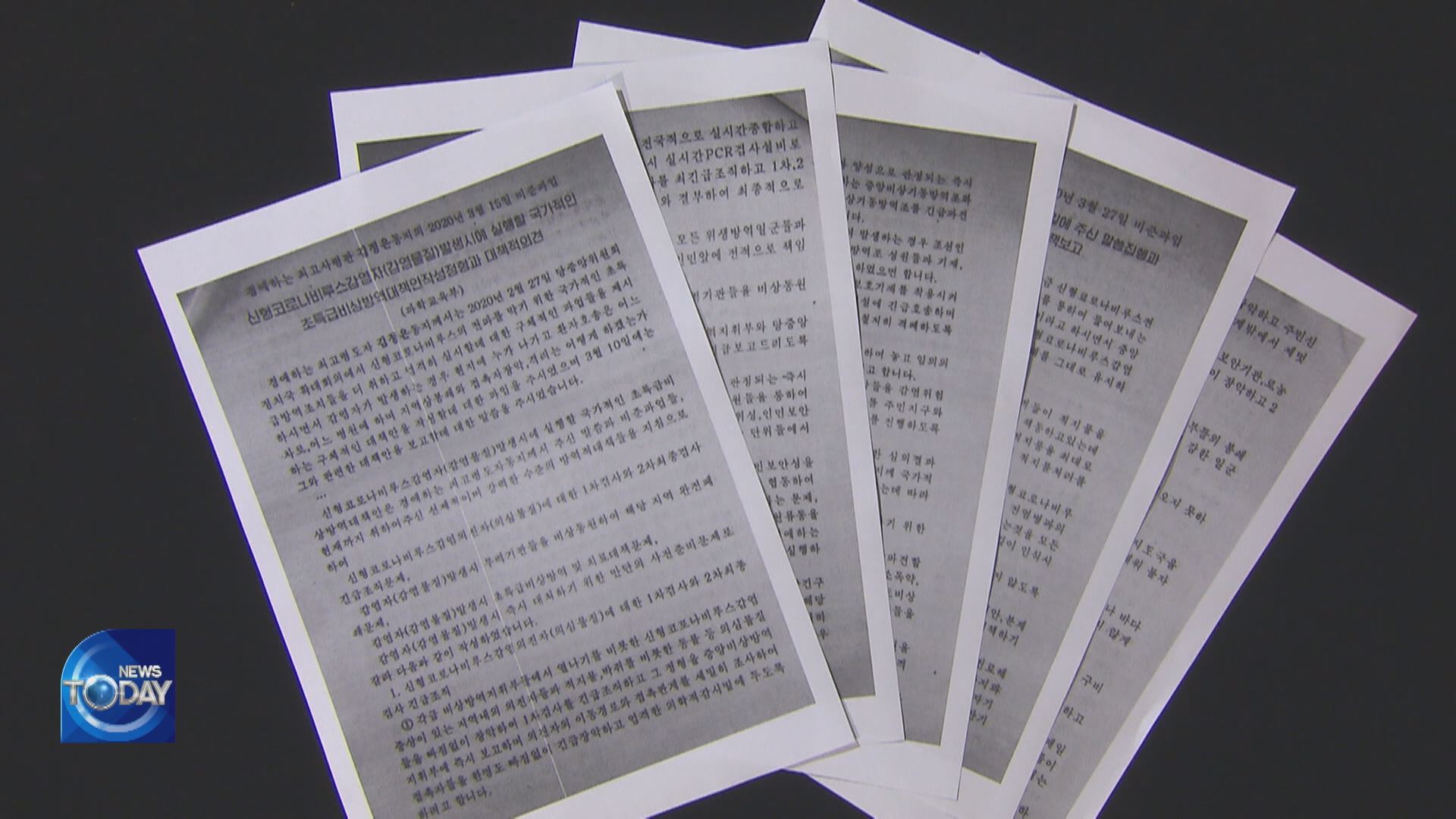
[Anchor Lead]
Up until a month when North Korea revealed its first COVID-19 outbreak, the regime has claimed it was Covid-free for more than 2 years. KBS has obtained internal documents showing how North Korean state agencies were apparently responding to the virus in the early days of the global pandemic. At leader Kim Jong-un’s order, extra emergency countermeasures were drafted. The isolation of fever patients was a key quarantine measure, possibly indicating the virus spread in the North from the initial days of the pandemic.
[Pkg]
On January 22, 2020, North Korea shut down its border with China where COVID-19 was spreading fast. The North also suspended rail operation and flights with China and activated a national emergency quarantine system. These are according to documents drawn up by the central emergency anti-virus headquarters on March 11, 2020. The papers outline a set of measures, including instructions to mobilize a minimal number of workers in construction and economic sectors in a short amount of time. Mask wearing rules were also in place. People with fever were excluded from work and those coming out of isolation could nt work for one month. The ruling Workers’ Party used a Korean term referring to patients suspected of infection. These suspected patients formally become ‘infectees’ if they test positive in the first round of tests. They then receive a PCR test. The documents imply that North Korea had fever patients from the early days of the pandemic and could have kept this information private to prevent public unrest.
[Soundbite] Moon Jin-soo(Seoul Nat’l Univ. College of Medicine) : "The regime appears to have worked hard to prevent public fear and anxiety as a growing toll of critical patients and deaths could sway people’s sentiment."
Despite Pyongyang’s lack of diagnostic equipment, the papers show how the regime still made efforts to differentiate suspected patients from infected patients. The ruling party’s science and education department set up ‘extra emergency’ quarantine measures that included a four-stage action plan involving testing, lockdowns, treatment and preparations in advance.
[Soundbite] Choi Jeong-hoon(Researcher of Korea Univ. (Doctor-turned-N. Korean defector)) : "N. Korean authorities knew the occurrence of patients with fever and that they don’t respond to existing treatment. They were likely COVID-19 patients."
The party’s propaganda department vowed to ban fishing activities near the Military Demarcation Line and shut down all smuggling areas near the border. This points to the possibility that despite border closures, smuggling may have been rampant.
Up until a month when North Korea revealed its first COVID-19 outbreak, the regime has claimed it was Covid-free for more than 2 years. KBS has obtained internal documents showing how North Korean state agencies were apparently responding to the virus in the early days of the global pandemic. At leader Kim Jong-un’s order, extra emergency countermeasures were drafted. The isolation of fever patients was a key quarantine measure, possibly indicating the virus spread in the North from the initial days of the pandemic.
[Pkg]
On January 22, 2020, North Korea shut down its border with China where COVID-19 was spreading fast. The North also suspended rail operation and flights with China and activated a national emergency quarantine system. These are according to documents drawn up by the central emergency anti-virus headquarters on March 11, 2020. The papers outline a set of measures, including instructions to mobilize a minimal number of workers in construction and economic sectors in a short amount of time. Mask wearing rules were also in place. People with fever were excluded from work and those coming out of isolation could nt work for one month. The ruling Workers’ Party used a Korean term referring to patients suspected of infection. These suspected patients formally become ‘infectees’ if they test positive in the first round of tests. They then receive a PCR test. The documents imply that North Korea had fever patients from the early days of the pandemic and could have kept this information private to prevent public unrest.
[Soundbite] Moon Jin-soo(Seoul Nat’l Univ. College of Medicine) : "The regime appears to have worked hard to prevent public fear and anxiety as a growing toll of critical patients and deaths could sway people’s sentiment."
Despite Pyongyang’s lack of diagnostic equipment, the papers show how the regime still made efforts to differentiate suspected patients from infected patients. The ruling party’s science and education department set up ‘extra emergency’ quarantine measures that included a four-stage action plan involving testing, lockdowns, treatment and preparations in advance.
[Soundbite] Choi Jeong-hoon(Researcher of Korea Univ. (Doctor-turned-N. Korean defector)) : "N. Korean authorities knew the occurrence of patients with fever and that they don’t respond to existing treatment. They were likely COVID-19 patients."
The party’s propaganda department vowed to ban fishing activities near the Military Demarcation Line and shut down all smuggling areas near the border. This points to the possibility that despite border closures, smuggling may have been rampant.
이 기사가 좋으셨다면
-
좋아요
0
-
응원해요
0
-
후속 원해요
0










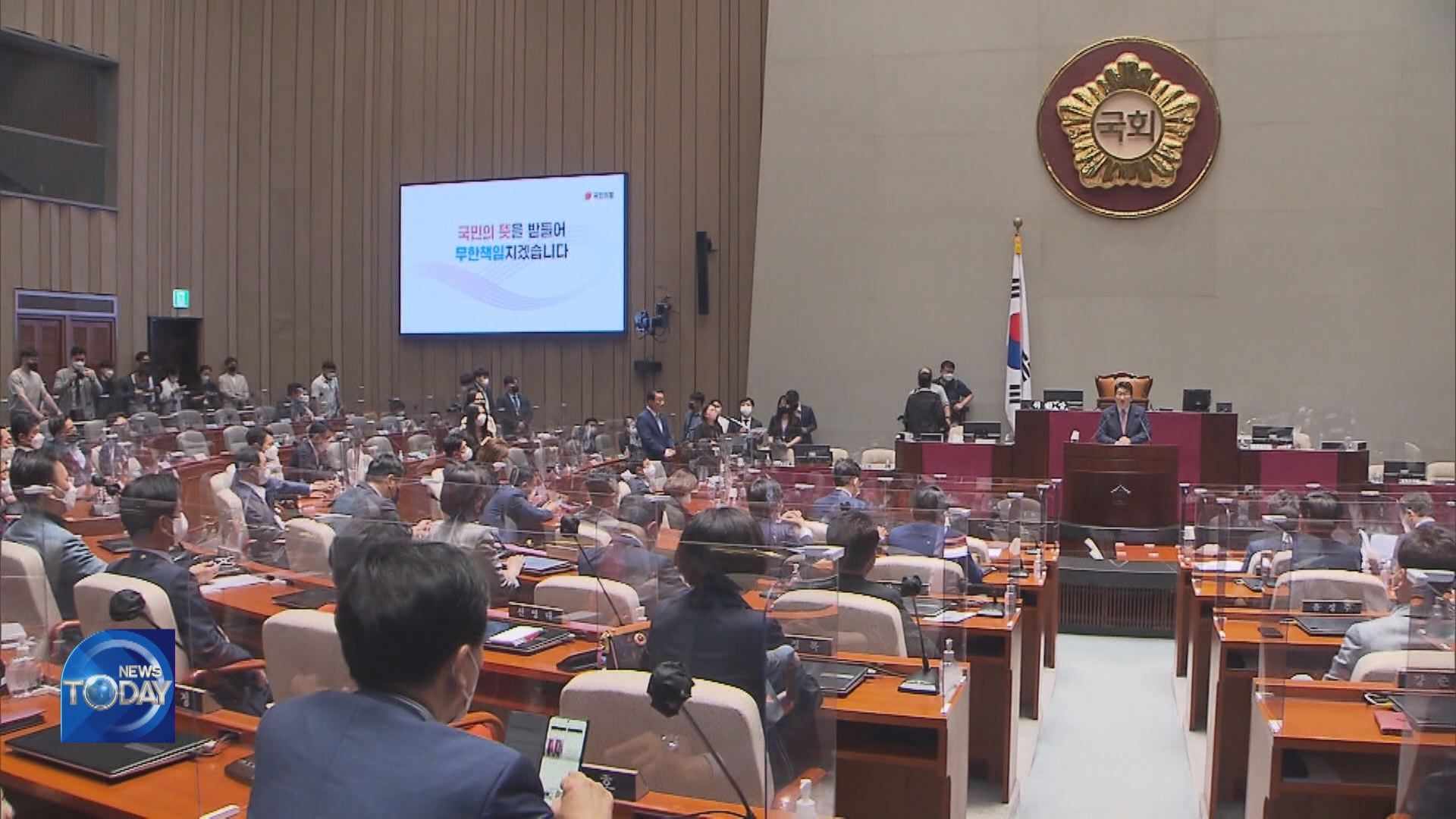
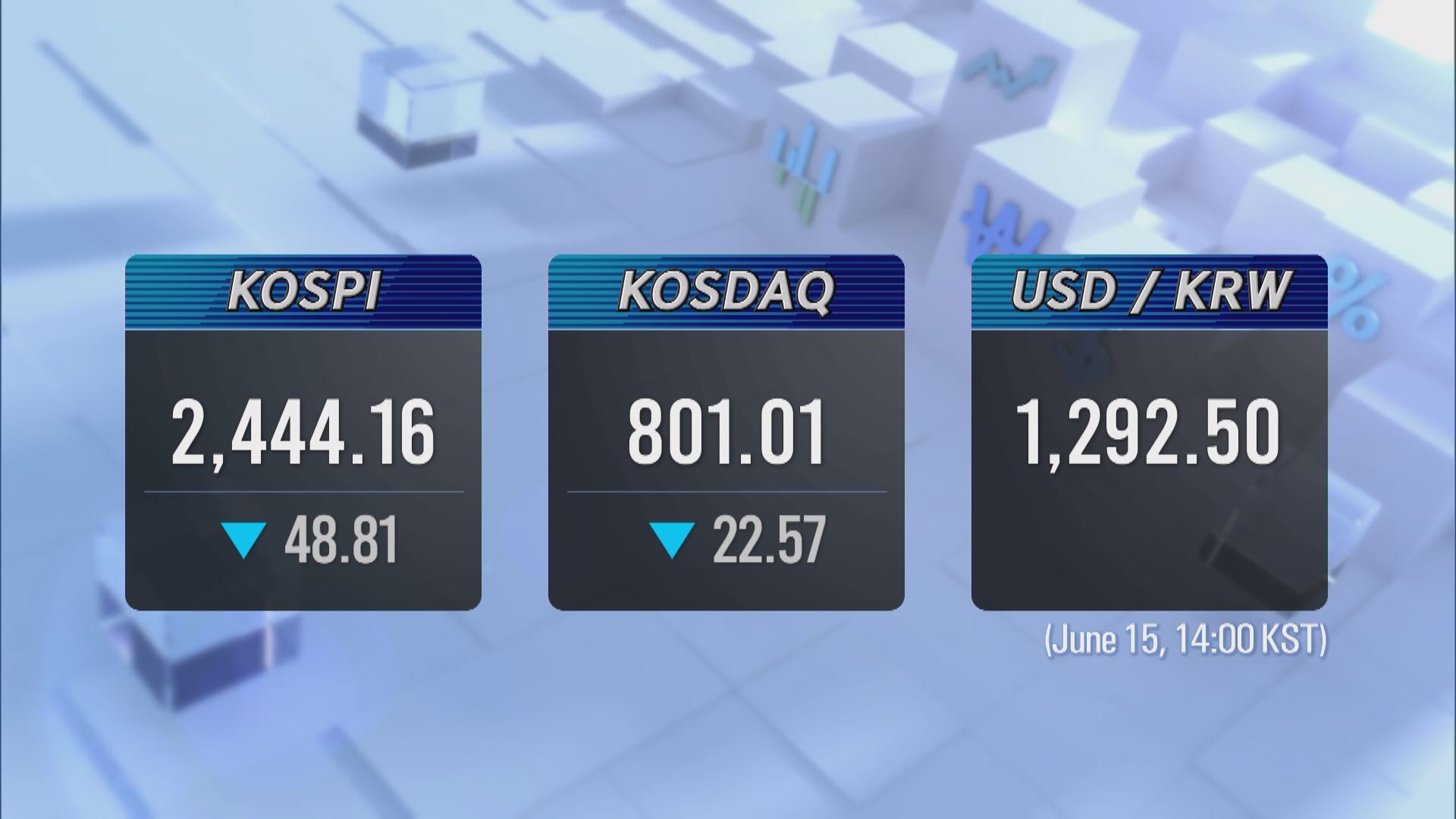

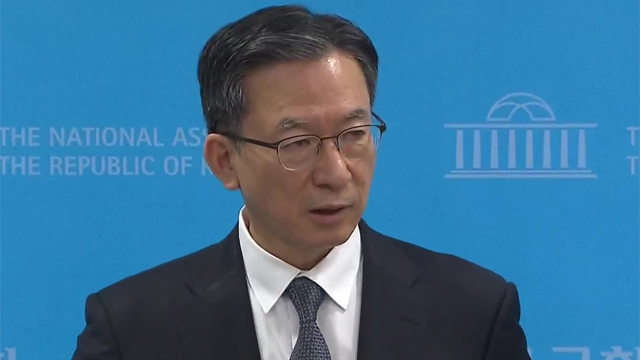
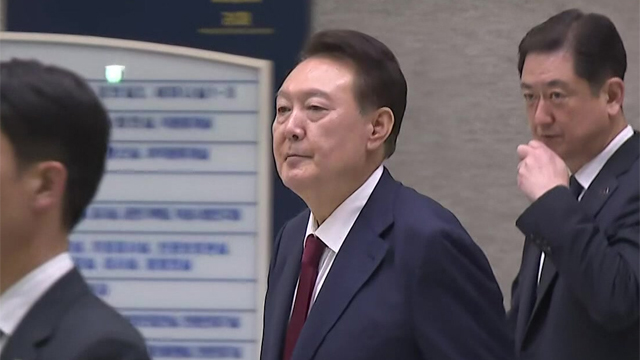
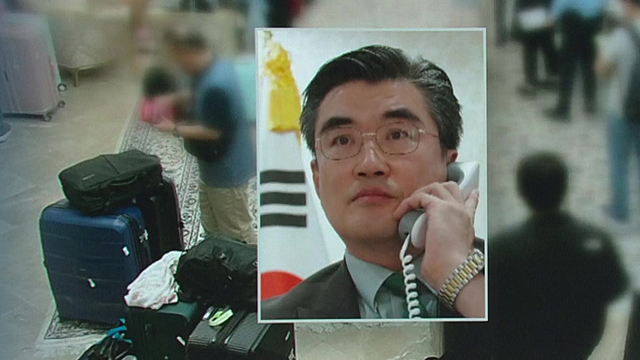

이 기사에 대한 의견을 남겨주세요.